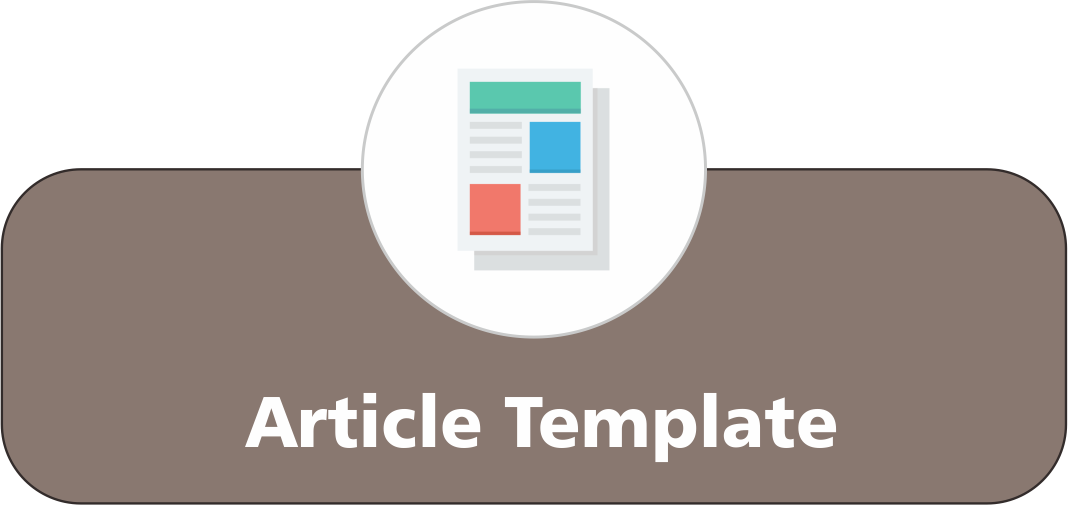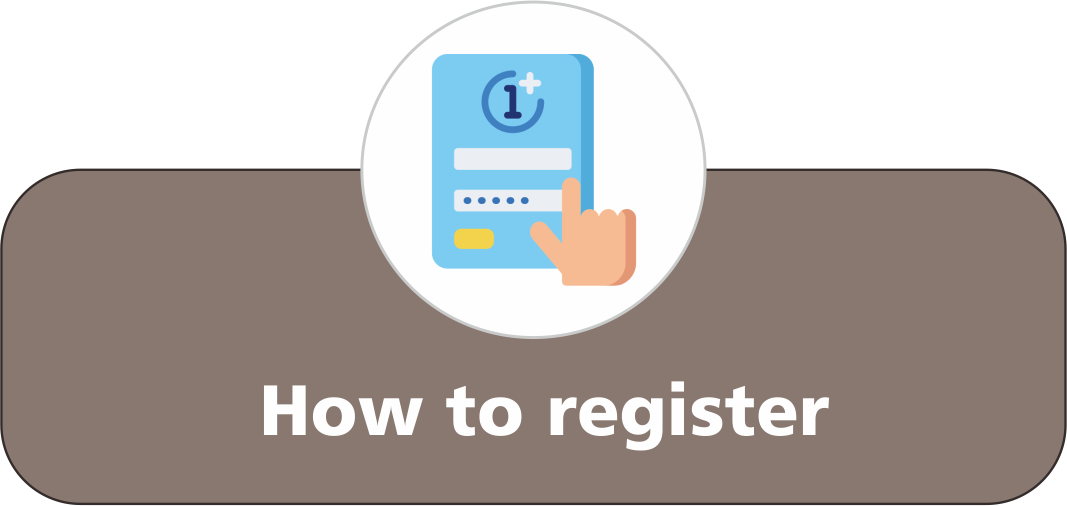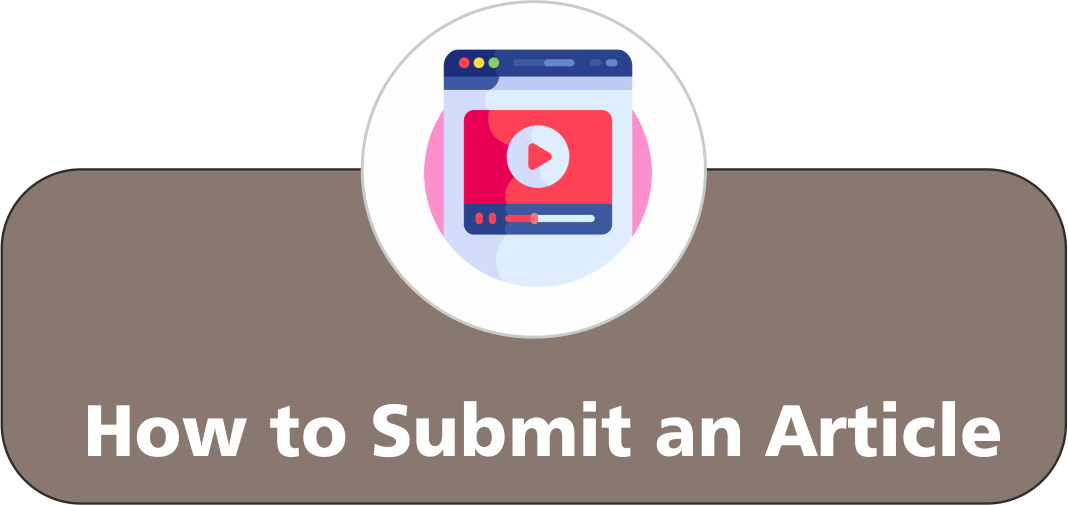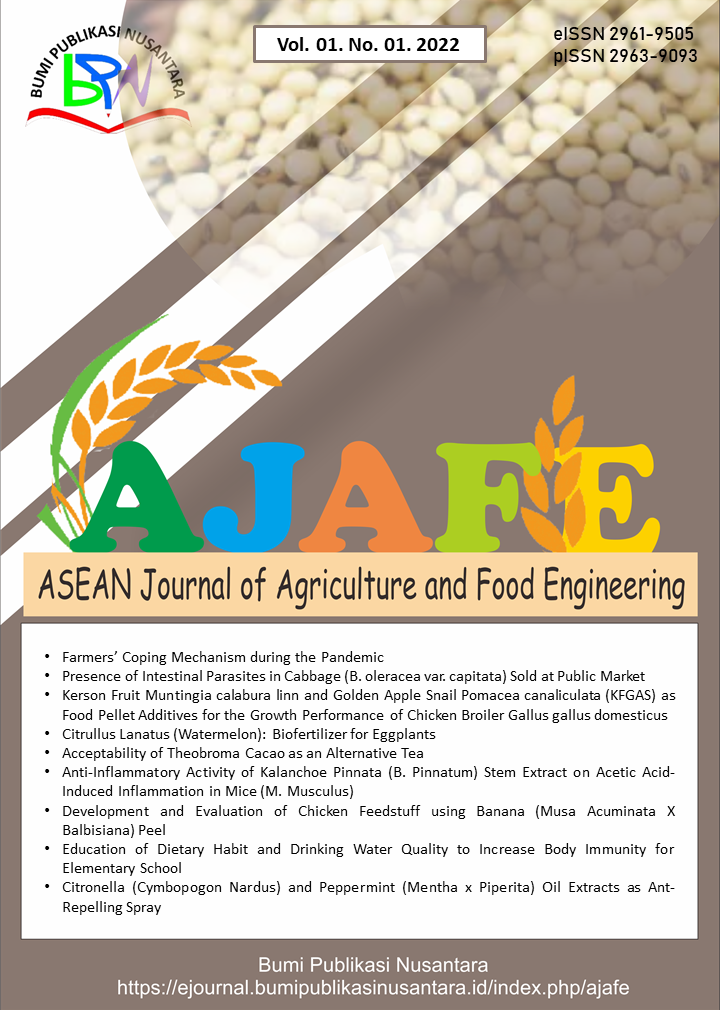Anti-Inflammatory Activity of Kalanchoe Pinnata (B. Pinnatum) Stem Extract on Acetic Acid-Induced Inflammation in Mice (M. Musculus)
 ), Aya P. Maglasang(2), Elesa May L. Segur(3), Mary Nelle Jireh S. Falsario(4), Nazirev S. Lacorda(5), Hassanal S. Abusama(6),
), Aya P. Maglasang(2), Elesa May L. Segur(3), Mary Nelle Jireh S. Falsario(4), Nazirev S. Lacorda(5), Hassanal S. Abusama(6),
(1) Sultan Kudarat State University
(2) Sultan Kudarat State University
(3) Sultan Kudarat State University
(4) Sultan Kudarat State University
(5) Sultan Kudarat State University
(6) Sultan Kudarat State University
 Corresponding Author
Corresponding Author
Abstract
Keywords
References
Arnold, C. (2013). The new danger of synthetic drugs. The Lancet, 382(9886), 15-16.
Chibli, L. A., Rodrigues, K. C., Gasparetto, C. M., Pinto, N. C., Fabri, R. L., Scio, E., and Sousa, O. V. (2014). Anti-inflammatory effects of Bryophyllum pinnatum (Lam.) oken ethanol extract in acute and chronic cutaneous inflammation. Journal of Ethnopharmacology, 154(2), 330-338.
Dolan, R. D., Laird, B. J., Klepstad, P., Kaasa, S., Horgan, P. G., Paulsen, Ø., and McMillan, D. C. (2019). An exploratory study examining the relationship 75 between performance status and systemic inflammation frameworks and cytokine profiles in patients with advanced cancer. Medicine, 98(37), e17019.
Gunaydin, C., and Bilge, S. S. (2018). Effects of nonsteroidal anti-inflammatory drugs at the molecular level. The Eurasian Journal of Medicine, 50(2), 116.
Lee, Y. S., Cheon, I. S., Kim, B. H., Kwon, M. J., Lee, H. W., and Kim, T. Y. (2013). Loss of extracellular superoxide dismutase induces severe IL-23-mediated skin inflammation in mice. Journal of Investigative Dermatology, 133(3), 732-741.
Valdez, A. V., and Canapi, S. (2015). Healing beliefs and practices among Subanen and Mansaka. International Journal of Social Science and Humanity, 5(1), 100.
Article Metrics
Abstract View : 1489 times
: 1489 times Download : 966 times
Download : 966 times
Refbacks
- There are currently no refbacks.
Copyright (c) 2022 Yayasan Bumi Publikasi Nusantara

This work is licensed under a Creative Commons Attribution-ShareAlike 4.0 International License.

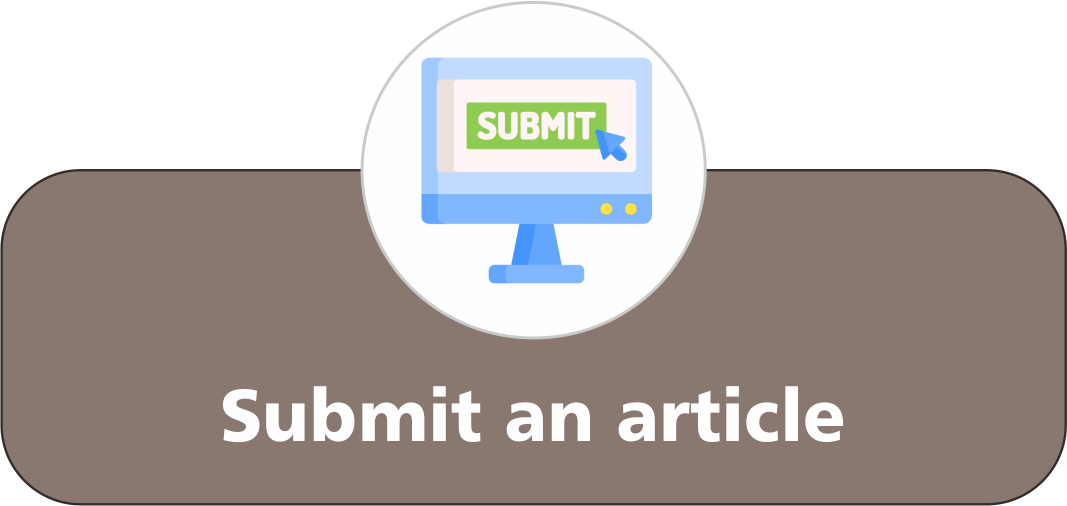

_publication_ethics.png)
